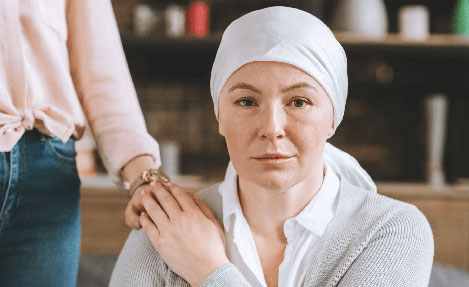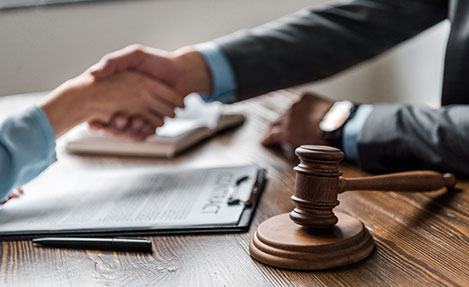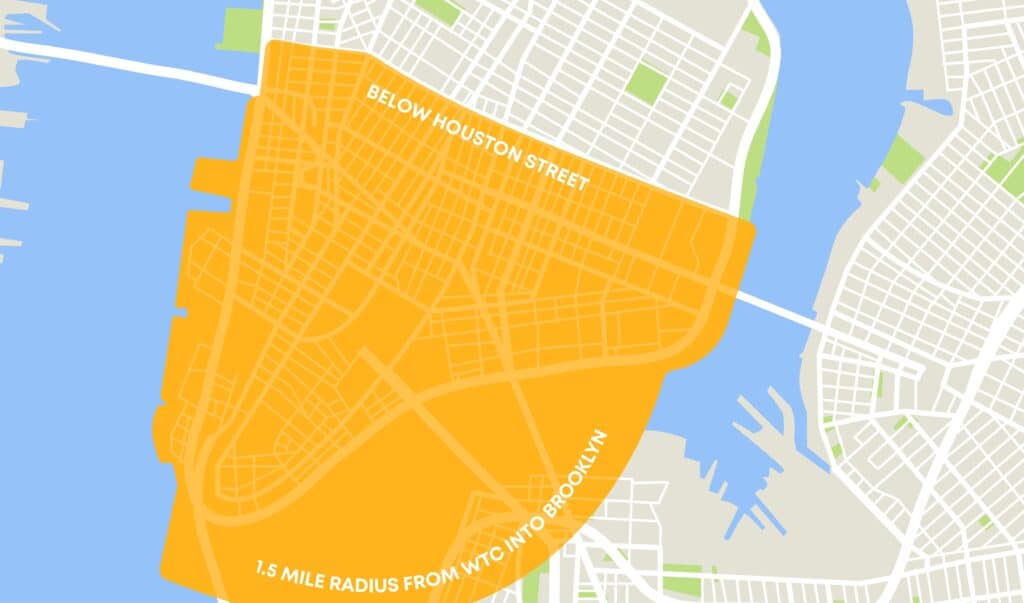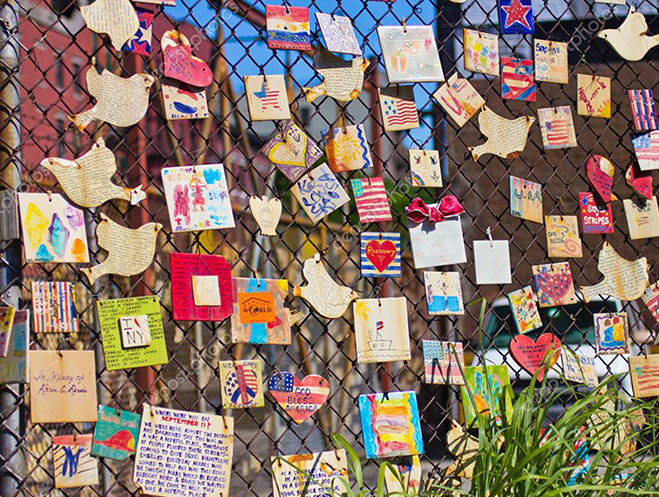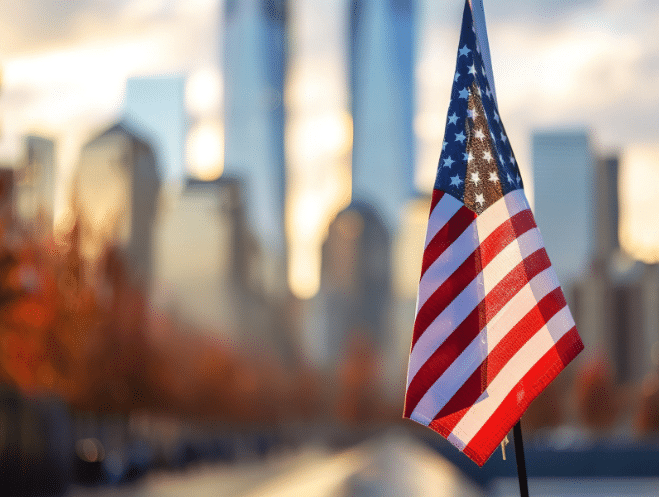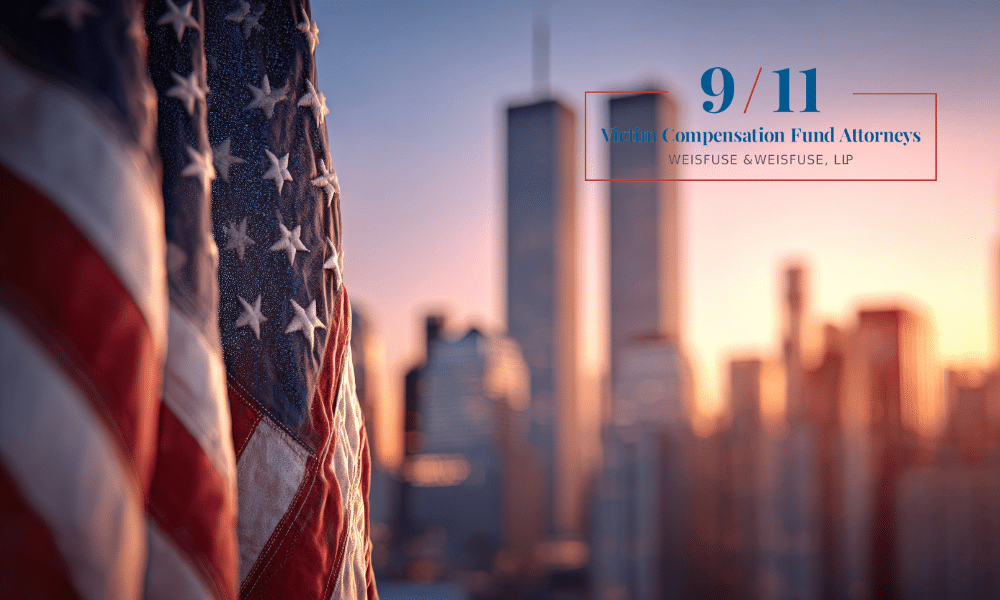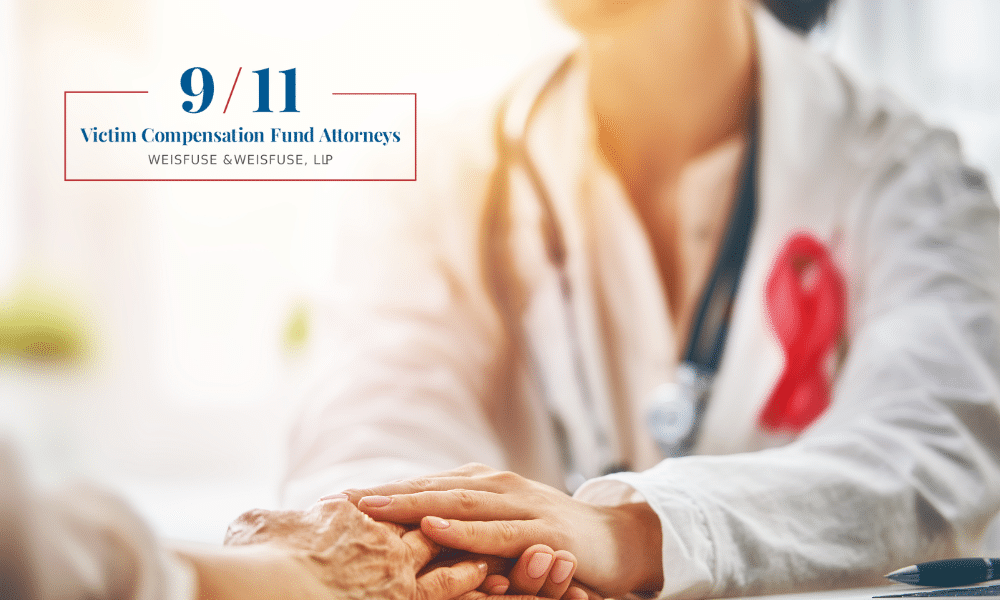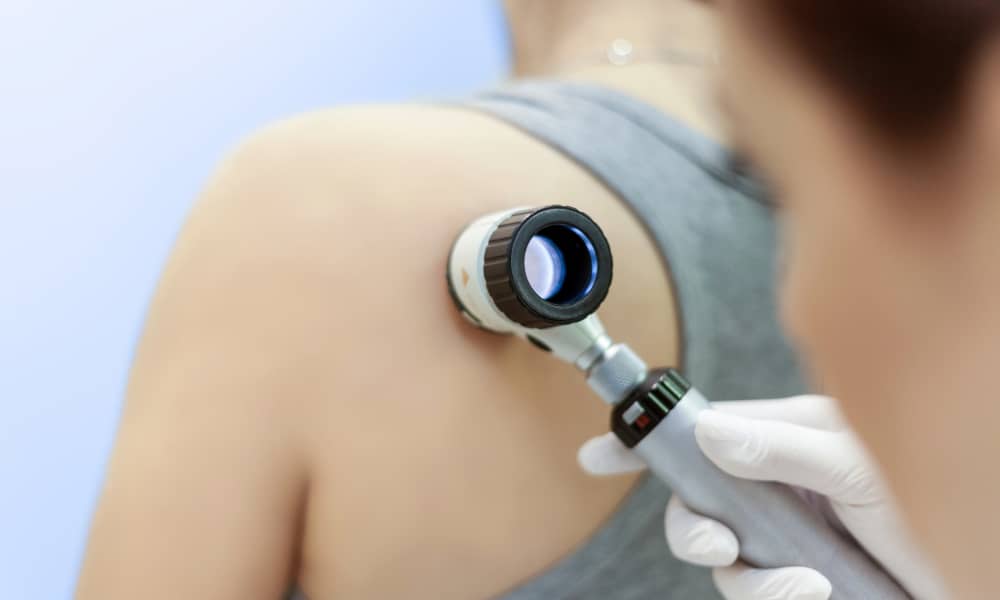
Understanding the Risks for 9/11 Survivors and Responders
Of all the cancers associated with 9/11 survivors and responders, skin cancer is among the most common types.
The World Trade Center Health Program (WTCHP) monitors and treats several types of skin cancer. This includes the many thousands of cases of non-melanoma skin cancers suffered by responders, workers, residents, and students exposed to the toxic dust cloud that hung over Lower Manhattan after the September 11 attacks. Melanoma of the skin is less prevalent but often more serious and still common in 9/11 survivors and responders.
Let’s look closer at the link between exposure to the hazardous conditions during the 9/11 attacks and the increased incidence of skin cancer. This should help anyone who was in the exposure zone during the eligible dates to identify the warning signs early and take the appropriate actions.
9/11 skin cancer linked to the exposure zone
The toxic dust cloud in Lower Manhattan contained a wide array of toxic chemicals and particles that are known to cause cancer.
Carcinogenic substances such as asbestos, polycyclic aromatic hydrocarbons (PAHs), metals, and concrete mixed with jet fuel created a highly hazardous cocktail that has led to many adverse health conditions for responders and survivors.
Skin cancers such as melanoma, basal cell carcinoma, and squamous cell carcinoma are more prevalent in those who were exposed in the aftermath of 9/11 than in the general population.
The WTCHP, therefore, recognizes skin cancer as a certified 9/11-related condition eligible for free monitoring and treatment for registered individuals.
Symptoms of non-melanoma skin cancer
Non-melanoma skin cancer is challenging to detect because, in its early days, the condition is typically painless and symptom-free, silently progressing without detrimental health effects.
Sometimes, when cancerous skin lesions develop, they can resemble harmless birthmarks, moles, skin tags or warts. The patient may discover the condition during skin cancer screening by a healthcare provider.
As the disease progresses, the following symptoms may be observed:
- Changes in the skin’s color or texture
- Cancerous lesions with fluids
- Itching, burning, tingling or numbness (when the cancer develops underneath the skin)
If you were in the exposure zone at Ground Zero between September 11, 2001, and May 30, 2002, and you are experiencing any of these symptoms but have not yet enrolled with the WTCHP, it is important to register as soon as possible. You will be entitled to free cancer screening, medical monitoring, and treatment. You can also apply to the September 11 Victims’ Compensation Fund (VCF) for any financial compensation due to you.
Note that you do not need to have experienced any cancer symptoms to register with the WTCHP. If you were present in the exposure zone during the eligible dates, you are free to register and receive coverage for free medical care right up until 2090.
Rates of skin cancer in 9/11 victims
The WTCHP and the Centers for Disease Control and Prevention (CDC) have reported higher incidences of both melanoma and non-melanoma skin cancers in survivors and responders when compared to the general population:
- Over 10,000 responders and survivors have been diagnosed with 9/11-related non-melanoma skin cancer.
- Over 1,200 responders and survivors have been diagnosed with melanoma of the skin.
Main types of skin cancer linked to 9/11
There are three main types of skin cancer linked to the World Trade Center disaster.
Melanoma skin cancer is the most serious form because it is more likely to grow and spread than other types, especially if not detected and treated early. The main types of melanomas are superficial spreading melanoma, nodular melanoma, lentigo maligna melanoma, and acral lentiginous melanoma. Thankfully, this form of skin cancer is less common than other types.
Non-melanoma skin cancers are generally broken down into two types:
- Basal cell carcinoma: This is the most common form of skin cancer, accounting for around 80 percent of all skin cancers. It affects the basal cells located in the deepest layer of the epidermis and is less likely to spread than melanoma.
- Squamous cell carcinoma: This is a less common type, forming in the squamous cells, which make up most of the skin’s upper layers (epidermis). Squamous cell cancers can usually be removed completely but are prone to spread to other parts of the body if not treated.
Prompt diagnosis and treatment are the golden rules to prevent skin cancer from spreading and improving outcomes for those affected.
Skin cancer compensation and the WTCHP
Because of the confirmed connection between exposure to the 9/11 dust cloud toxins and skin cancer, responders and survivors can receive free medical screening and treatment for their skin cancers.
Even if a survivor who was in the exposure zone presently has no symptoms, regular skin examinations, cancer screenings, and access to dermatological services are available.
Any individual diagnosed with 9/11 skin cancer has access to treatments, such as surgery to remove tumors, radiation therapy, and chemotherapy for more advanced cases where the cancer has spread.
Once registered with the WTCHP, cancer patients can also apply for financial compensation via the VCF. Because of the challenges with providing evidence and confirming presence in the exposure zone during the eligible dates, many victims seek legal assistance from a dedicated 9/11 claims lawyer.
How can Weisfuse & Weisfue LLP help with your 9/11 skin cancer claim?
Weisfuse & Weisfuse, LLP has helped victims claim over $100 million in compensation for 9/11 related cancers and other conditions over the years. We help our clients receive the maximum compensation available, handling every step of the skin cancer claims process.
Remember, early detection and treatment can result in much better outcomes for patients with skin cancers, as with most cancers.
To discuss your situation and learn more about how we may be able to help you, please call Weisfuse & Weisfuse, LLP at 212-983-3000 or contact us online to schedule a free consultation.
** Numerous advertisements and media outlets are informing New Yorkers about their possible eligibility for 9/11 benefits if they were in Lower Manhattan during the attacks and suffer from health conditions due to toxic dust exposure. At Weisfuse & Weisfuse LLP, we emphasize that the “exposure zone” isn’t limited to Canal Street but can extend further to Houston Street.
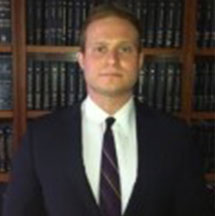
About Jason Weisfuse –
9/11 Victim Compensation Fund Attorney
About Jason Weisfuse –
9/11 Victim Compensation Fund Attorney
Jason E. Weisfuse is a seasoned 9/11 cancer attorney and managing partner at Weisfuse & Weisfuse, LLP, a New York City-based law firm dedicated to representing individuals affected by the September 11th attacks. Since the establishment of the September 11th Victim Compensation Fund (VCF), Jason has been instrumental in assisting first responders, survivors, and families in securing the compensation and medical benefits they deserve.
With a Juris Doctor from New York Law School (2009), Jason brings extensive experience regarding the 9/11 Victim Compensation Fund to his practice. His deep understanding of the VCF and the World Trade Center Health Program (WTCHP) has enabled him to navigate complex claims processes effectively, resulting in substantial awards for his clients.
Jason’s commitment to the victims in the 9/11 community is evident through his active involvement in professional organizations such as the New York State Trial Lawyers Association and the American Association for Justice. He has also contributed to legal discourse with publications in the New York Law Journal, reflecting his dedication to legal excellence and advocacy.
At Weisfuse & Weisfuse, LLP, Jason continues to provide compassionate and knowledgeable representation, ensuring that those affected by 9/11 receive the support and compensation they are entitled to.
